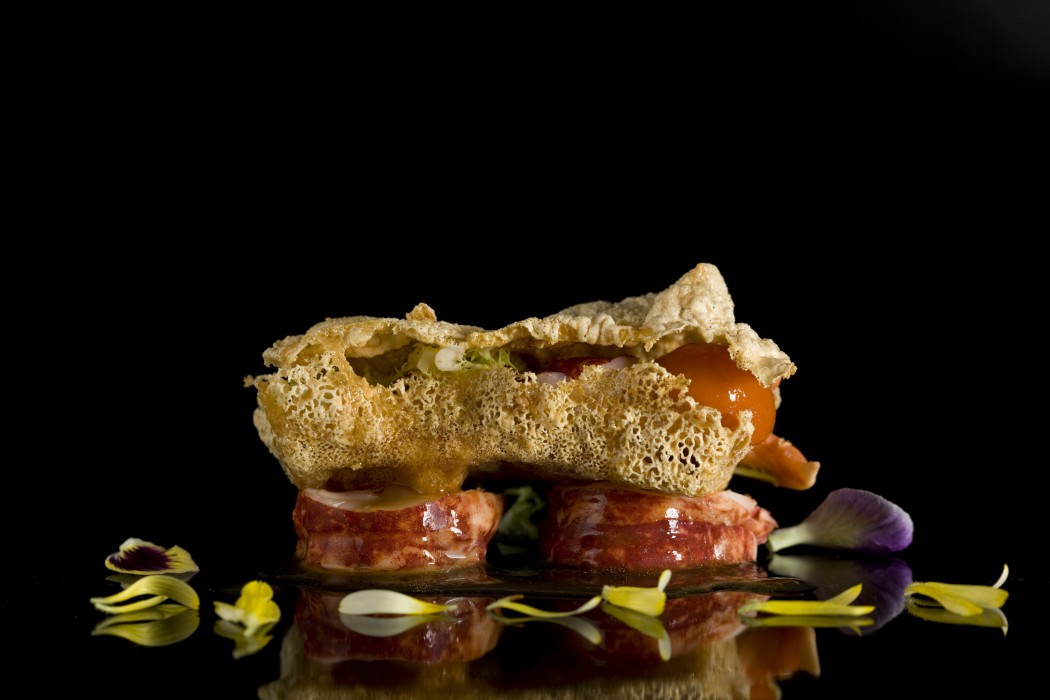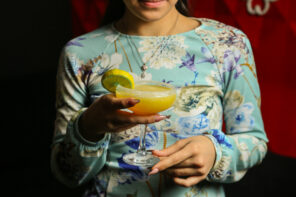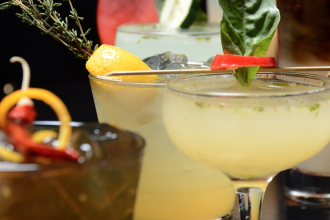Juan Mari Arzak leads the Kitchen at Arzak with the collaboration of Elena and the team.
SAN SEBASTIAN, SPAIN – Juan Mari Azrak and Elena Azrak Espina. chefs and owners of Restaurante Azrak, work in tandem. A Father and Daughter duo, their cuisine has taken Spanish fare to an entirely new level. First introduced to them through research, it is their passion, their quest, their innate desire to bring new life to cuisine that cultivates authenticity, fresh high-quality ingredients, and an ever evolving willingness to surprise that endeared me to want to share them with you. Located in San Sebastian, in honor of my heritage, I am attaching a recipe from Juan Mari and Elena in it’s native language of Spanish.
There are moments of discovery that open your palates and your hearts to something special. Juan Mari Azrak and Elena Arzak Espina (Named the world’s Best Female Chef) are something special. Named one of the Top 50 Restaurants in the WORLD, Azrak is a Basque jewel enhancing the culinary landscape of Spain and it is is nothing short of splendid.
Description of the cuisine at Arzak
Research-based, Cutting Edge, Evolving, Basque Signature Cuisine
Avenida Alcalde José Elosegui 273
20015 San Sebastián
+34 943 27 84 65
PATATA, BOGAVANTE Y COPAIBA
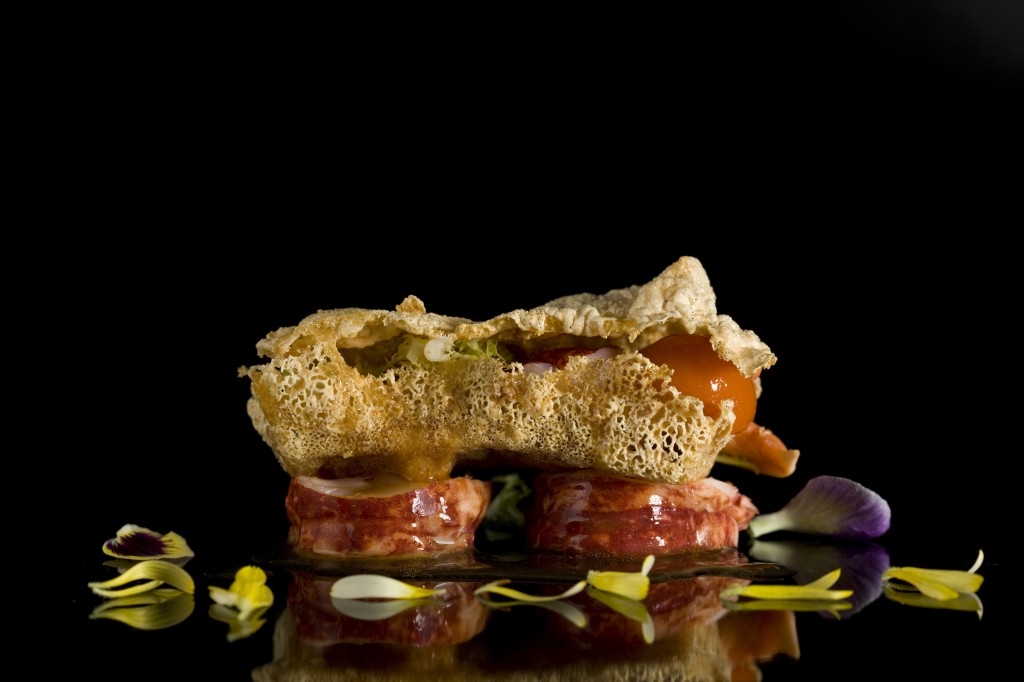
INGREDIENTES (para 4 per.):
-Para el bogavante:
2 bogavantes (350 gr. /unid)
Sal y jengibre y regaliz en polvo
-Para el mojo del bogavante:
La carne de tres pimientos choriceros
1 tomate maduro
50 gr. de almendra frita
30 gr. de pan remojado en leche
3 cucharadas de vinagre de Jerez
Sal y jengibre el polvo
-Para la elaboración del caldo:
2 cabezas de bogavante
1 cebolla
1 puerro
1 zanahoria
1 cabeza de rape (250 gr.)
1.5 L. de agua
3 c.s. de aceite de oliva
2 gotas de aceite esencial de copaiba
-Para la salsa roja:
2 cebollas
2 zanahorias
1 puerro
4 gr. de pimentón dulce
3 cabezas de bogavante
100 gr. de piquillos hechos puré
7 gr. de gluco
Sal, pimienta y jengibre en polvo
-Para el bañado de la salsa roja:
1 litro de agua
5 gr. de algin (*)
1 dl. de aceite de girasol
-Para la patata aérea:
100 gr. de fécula de patata
80 gr. de copos de puré de patata
590 gr. de agua
ELABORACIÓN:
-Para el bogavante:
Partir el bogavante por la mitad y separar por un lado el cuerpo y las pinzas y por otro la cabeza. Guardar la cabeza para la elaboración del caldo o salsa.
Atravesar el cuerpo del bogavante mediante dos palillos de brocheta para que al blanquear la cola no se encorve.
Blanquear el cuerpo ligeramente en agua hirviendo, enfriándolo rápidamente en agua con hielos. Pelar y racionar.
Sazonarlo y espolvorear con regaliz y jengibre. Reservar.
-Para el mojo del bogavante:
Blanqueamos ligeramente el tomate y lo pelamos. Cortarlo en rodajas y pasarlo por una sartén caliente con una cucharada de aceite, para quitarle el toque de crudo.
Mezclar todos los ingredientes y triturarlos a conciencia. Sazonar y dar punto de jengibre.
-Para la elaboración del caldo:
Limpiar y picar la verdura en juliana.
Rehogar las cabezas de bogavante en el aceite e incorporar las verduras. Rehogar el conjunto ligeramente, añadir la cabeza y mojar con el agua. Dejar cocer a fuego medio durante 30 minutos. Colar, añadir la copaiba y reservar.
-Para la salsa de roja:
Limpiar la verdura y cortarla en una juliana fina. Pocharla con el aceite. Una vez esté la cebolla pochada añadirla a la cazuela en la cual tendremos rehogando las cabezas de bogavante. Incorporar el pimentón y rehogar el conjunto. Mojar con el caldo previamente elaborado y reducirlo a la mitad. Desengrasar y reservar la salsa y la grasa. Colar, salpimentar y dar punto de jengibre.
Sobre una base de 200 gr. de salsa roja añadir el puré de piquillo y el gluco. Triturar y dejar reposar que pierda el aire.
Al resto de la salsa sobrante añadir la grasa y ponerla a punto de sal.
-Para el bañado de la salsa roja:
Disolver completamente el alginato en el agua. Triturar ambos ingredientes y guardar en la nevera durante 12 h para eliminar el exceso de aire.
Verter una cucharada de 10 ml. del preparado de salsa roja en la solución de alginato y agua. Es muy importante que las bolas no se toquen entre sí, pues se pegarían unos con otros. Dejar en la solución durante 3 min. Escurrirlos con la ayuda de una cuchara de agujeros sin romperlos y limpiarlos en agua fría. Escurrirlos de nuevo con la ayuda de la cuchara agujereada y reservarlos en el aceite de girasol hasta su uso.
-Para la patata aérea:
Triturar el conjunto de los ingredientes salvo el aceite y la sal, en la thermomix durante 15 minutos a 90 Cº en la velocidad 4. Extender sobre unos flexipanes de forma rectangular. Hornear a 160 Cº durante 50 minutos. Retirar las patatas del molde y reservarlas durante 48 horas en un lugar seco.
Calentar el aceite y freír las patatas. Sazonar.
FINAL Y PRESENTACIÓN:
Untar el bogavante con el mojo y pasarlo vuelta y vuelta por la sartén con una gota de aceite. Salsear el cuerpo y las pinzas y terminar su cocción en la salamandra.
Partir la patata por la mitad y colocar en su cavidad una bola roja y el bogavante. Tapar reformando la patata.
Sobre el plato dar unas pinceladas con el mojo y sobre ello colocar la patata. Decorando su alrededor con unos pétalos de caléndula. Salsear ligeramente la patata delante del cliente.
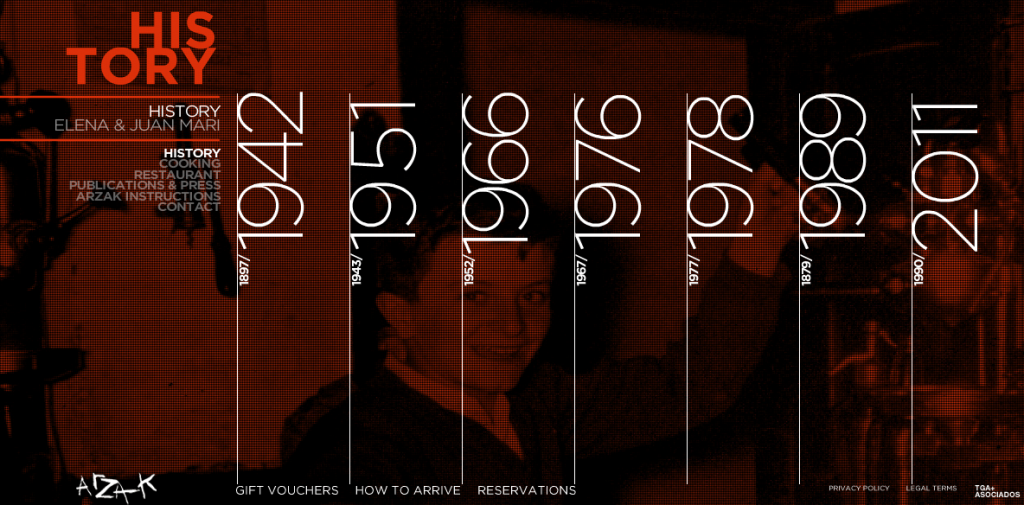
THE RESTAURANT
The story of the restaurant is, as far back as I can remember, the story of my family. The house was built in 1897 by my grandparents José María Arzak Etxabe and Escolástica Lete, as a wine cellar and tavern At Alto de Miracruz, in the village of Alza, now part of San Sebastian. Many of my earliest childhood memories took place there.
It remained a tavern until my parents, Juan Ramón Arzak and Francisca Arratibel took over. Together they turned it into a simple but well thought of restaurant. Their efforts and talents in the kitchen did not go unnoticed. Little by little the word spread that something good was cooking in Alto de Miracruz also known as Alto de “Vinagres”. The restaurant acquired a certain name and specialized in banquets for family celebrations.
My father died in May 1951, when I was 9 years old. My mother did not fall to pieces; she struggled to continue the work on her own. As the quality of the banquets continued to improve they acquired great prestige. Such was their fame that brides and grooms would set their wedding dates according to when my mother had an opening at the restaurant. The same thing happened with baptisms and communions.
In 1966, after finishing my studies at the school of hotel and restaurant management, the military service and my internships abroad, I started working at the restaurant. In the beginning I specialized in grilled meats over a charcoal fire. My mother was a patient and consistent teacher. Step by step she showed me the secrets of gastronomy. Curiosity and a desire to continue learning pushed me to work on dishes of my own creation.
Shortly after, in 1967, Maite Espina joined the restaurant. Together we developed and improved the business. She contributed and continues to contribute with her talents in areas such as service, style, decoration and administration. I evolved within the framework of Basque cuisine, adding new elements to create my own cuisine from that base.
As the restaurant grew so did the family. We have two daughters, Marta and Elena.
In the mid 70s we started to receive prizes and awards which reaffirmed our efforts to convert Restaurante Arzak into a gastronomic reference both nationally and internationally. In 1989 we received the sought after third star from the prestigious Michelin guide.
Elena is fully involved in the day-to-day workings of the restaurant. She is constantly broadening her culinary horizons. She is prepared to run the restaurant and continue along this difficult road. You can see her hand in changes that are being incorporated onto the menu. She is the fourth generation of this family dedicated to the hospitality industry and is passionate about great food.
— Juan MariAzrak
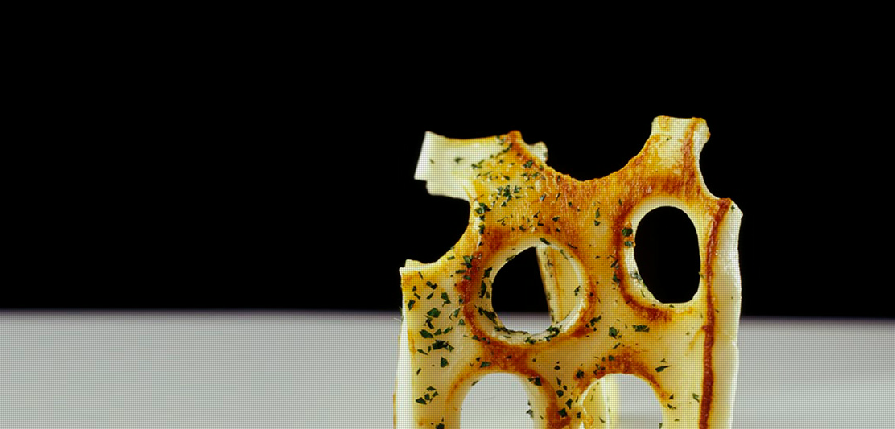
AWARDS and PRIZES:
-National Gastronomy Prize for Best Chef 1974
-First Michelin star in the year 1974
-Second Michelin star in the year 1977
-Honorary Member Basque Gastronomy Confederacy 1980
-Admittance into Relais & Chateaux 1981
-Best Chef in Spain by Club de Gourmets Magazine1983
-Best Restaurant in Spain by Club de Gourmets Magazine 1984
-National Gastronomy Prize for Best Restaurant 1985
-Third Michelin star in the year 1989
-Admission into the Tradition & Qualite chain
– Gault Millau 18/20 points
-Very good scores in the most recognized Spanish Guides.
– Grand prize Art in the Kitchen for Best European Chef by the European Gastronomic Academy 1992
– National Gastronomy Prize for Best Restaurant
– II edition of the French Cheese Awards, Together for Pleasure in 2007 (Sopexa)
– International Award of Honor Trophée Gourmet-A la Carte 2008
– Award winner in the category of SMEs Management Plus 2008
– Restaurant Award as an outstanding member of the Circle of Centennial Restaurants FEHR 2008
– Award for Innovation in Gastronomy and Tourism from the Cándido Foundation 2008
– “The Golden Apron” Award for the Arts as one of the most important current chefs. 2009
– Vedrà Award 2009
– International Eckart Witzigmann Award (2010)
– IX National Traditional Gastronomy Prize “Lola Torres” to Restaurante Arzak for its family tradition.
– World´s 50 Best Restaurants A Lifetime Achievement Award 2011
– Metropoli Award 2012 “Toda una vida España”
** Gracias Juan Mari Azrak, Elena Azrak Espina y Marta Vanesa Mirasolain Oharriz por todo!

Follow ATOD Magazine™

